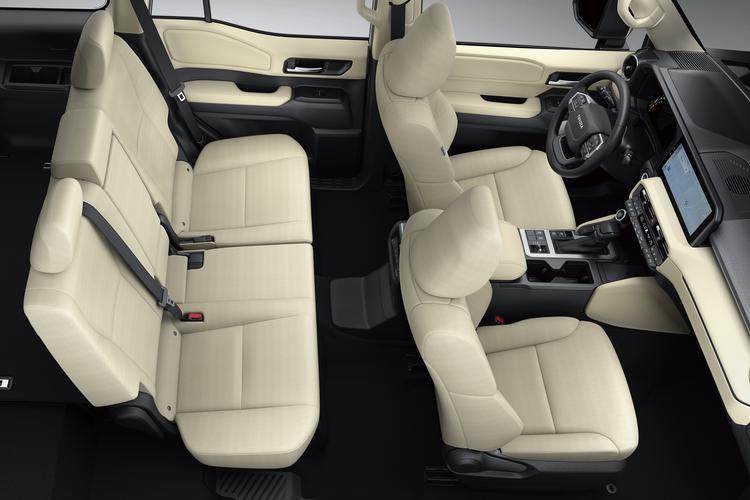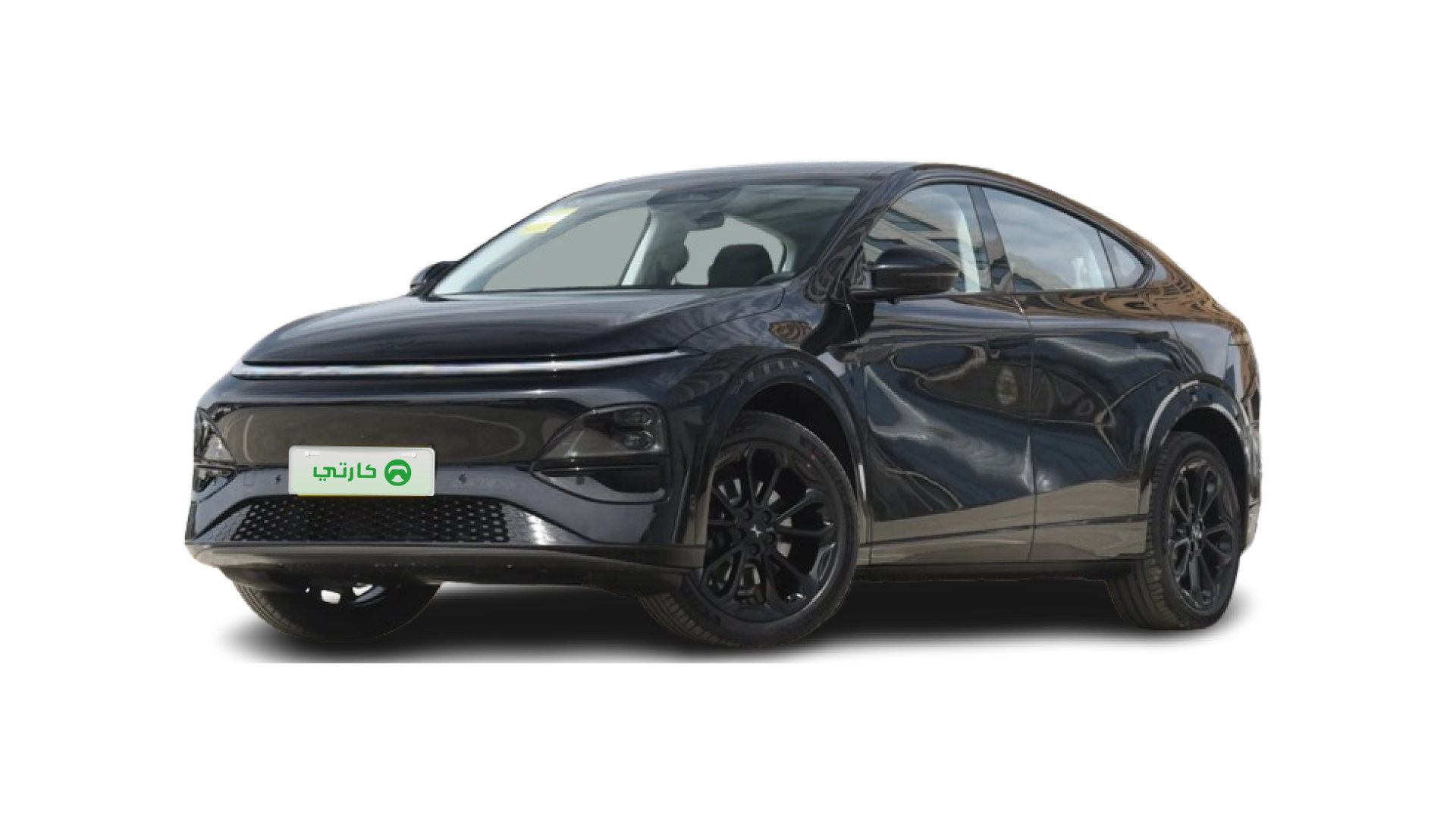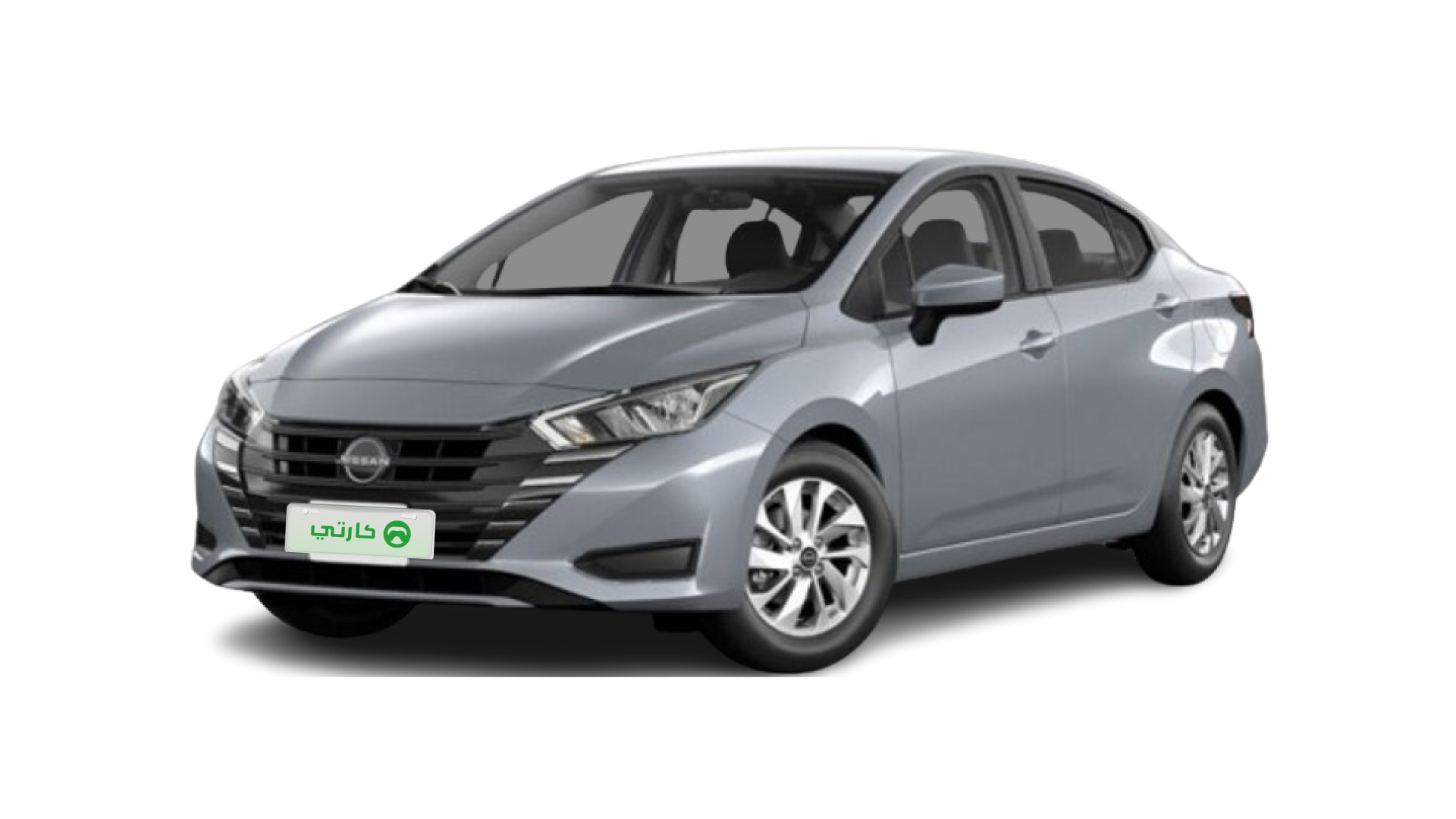Discover the latest insights on prado engine specs for 2025 that make a real difference in your daily driving experience. In just a few lines, you’ll learn how engine performance, fuel efficiency and maintenance costs come together to create a balanced ride. Get ready to dive into this expert guide and find out which engine option is best for your lifestyle!

How to Choose the Right Prado Engine for Your Needs
When deciding on your Prado engine, understanding both the benefits and trade-offs of each option is essential. You might wonder whether a gasoline engine’s brisk response or a diesel engine’s fuel efficiency suits your driving habits better. Factors to consider include fuel consumption, torque figures and overall maintenance costs. The guide below breaks down the differences so you can make an informed decision based on real-world performance.
Gasoline vs Diesel Engine Options
The 2025 Toyota Prado offers two distinct engine configurations:
2.8L Turbo Diesel:Producing around 204 HP and an impressive 500 Nm of torque, this engine shines in scenarios that demand high torque. Daily drivers notice improved fuel efficiency while tackling longer journeys. Its robust design is particularly appealing for extended trips.
3.5L V6 Petrol:Delivering roughly 280 HP with 365 Nm of torque, this petrol variant is celebrated for its smoother power delivery and livelier response. If you value a dynamic and spirited drive, this engine may capture your interest. It is ideal for those who frequently navigate through city traffic and are after spirited acceleration.
Real-World Fuel Consumption
Understanding fuel efficiency is a key part of the decision process. The official figures for the 2025 models show:
Engine Type | City Driving | Highway Driving |
|---|---|---|
2.8L Diesel | 9.8 L/100km | 7.2 L/100km |
3.5L Petrol | 13.4 L/100km | 9.1 L/100km |
These figures make it evident that if low fuel consumption is a priority, the diesel option may deliver longer-term cost savings, though actual performance could vary depending on your daily route and driving style.
3 Key Maintenance Differences
Maintaining the engine is as important as choosing one. Here are some maintenance factors to keep in mind:
Diesel engines often require more frequent oil changes, roughly every 10,000km compared to 15,000km for the petrol version.
The petrol engine tends to use more economical spark plugs, making routine upkeep less expensive in certain areas.
Both engine variants are equipped with advanced air filtration systems, which help enhance reliability, especially under harsh conditions.
Understanding Performance Capabilities
The 2025 Toyota Prado isn’t just about engine choice—it’s about delivering performance where you need it most.
Towing Capacity Breakdown
Whether you plan to tow heavy loads or enjoy adventurous drives, the Prado is built to handle it:
Maximum braked trailer weight stands at around 3,500kg for both engine options.
Payload capacity varies between 720kg and 785kg depending on the configuration you choose.
These capabilities ensure your vehicle can manage both everyday responsibilities and occasional heavy-duty tasks with confidence.

Off-Road Readiness Features
Every modern driver appreciates a vehicle that doesn’t shy away from tough terrain. The Prado’s off-road features include:
An enhanced water fording capacity of up to 700mm, which allows you to navigate through shallow water safely.
A sophisticated crawl control system designed to help during uneven and challenging tracks.
A low-range gearing setup that optimizes performance, whether you’re climbing steep slopes or maneuvering through rocky paths.
Cost Considerations for Long-Term Ownership
When evaluating long-term ownership, cost projections form a central part of the discussion. You should assess how maintenance expenses and fuel costs will affect your budget over time.
Long-Term Ownership Costs
Diesel engines generally see around 15% higher average maintenance costs compared to petrol options, though this can be offset by fuel savings if you drive extensively.
For drivers covering high mileage, even modest fuel cost reductions can add considerable savings over the years.
Extended warranty plans—often available for up to 5 years or 200,000km—can help manage unexpected repair costs.
Resale Value Projections
Future resale values are an essential consideration:
Diesel models tend to retain approximately 68% of their value after three years of use.
Petrol variants hold close to 62% of their residual value.
Special edition trims and enhanced features may secure a premium, typically adding between 7% to 9% to the resale price.
Emission Standards Compliance
Both engine options meet stringent emission standards as set by local GCC-certified guidelines. Each engine is built with the latest emission control technologies:
Advanced gasoline particulate filters help minimize harmful emissions.
Improved systems for NOx reduction are standard, ensuring cleaner operation.
Integrated start-stop technology enhances efficiency and reduces idle emissions.
EV-Ready Hybrid Technology
Looking toward the future of automotive innovation, the Prado integrates EV-ready hybrid technology:
A mild hybrid system is incorporated to recover energy during braking, boosting overall efficiency.
This system is fully compatible with potential plug-in hybrid upgrades.
Compared to previous models, the new configuration reduces CO2 emissions by nearly 18%, aligning with modern environmental standards.
FAQ
Q1:What are the primary differences between the diesel and petrol Prado engine options?
The diesel engine, a 2.8L turbo, delivers 204 HP and 500 Nm of torque, offering strong performance and superior fuel efficiency over long distances. In contrast, the 3.5L V6 petrol engine provides around 280 HP with a smoother power delivery ideal for city driving scenarios. Each engine has distinctive maintenance routines—diesel may require more frequent oil changes while the petrol version benefits from lower-cost spark plugs. Ultimately, your choice should reflect your driving habits and priority on either torque or dynamic acceleration.
Q2:How do the fuel efficiency figures of the two engines impact long-term ownership costs
?Fuel efficiency is a critical factor, especially if you drive high mileage every year. The diesel engine’s lower consumption rates—9.8 L/100km in the city and 7.2 L/100km on highways—can lead to significant fuel cost savings over time. In contrast, the petrol engine shows higher consumption figures, which might raise your overall expenditure if used predominantly in stop-and-go traffic. When combined with the respective maintenance needs, these factors help determine which engine best fits your long-term budget and driving style.

Q3:Can the 2025 Prado engine options handle both on-road and off-road challenges?
Absolutely, both engine options are designed with a balance of power and resilience to meet diverse driving conditions. They are engineered to support substantial towing capacities and payloads, ensuring that you can carry both everyday loads and occasional heavy-duty requirements. Furthermore, with features like enhanced water fording ability and a refined crawl control system, the Prado is well-prepared for off-road adventures. These capabilities make it a versatile choice whether you navigate urban streets or venture into rugged terrains.
Q4:How do emission standards and hybrid technology in the Prado contribute to its overall efficiency?
The Prado's engine configurations meet rigorous local GCC emission standards through advanced systems like gasoline particulate filters and NOx reduction technologies. The inclusion of a start-stop system further enhances efficiency by reducing idle time. Moreover, the mild hybrid system captures braking energy and is ready for future plug-in hybrid upgrades, contributing to lower CO2 emissions. This combination not only ensures environmental compliance but also improves fuel economy and overall vehicle efficiency.
This article is for reference only, please refer to the latest local laws and regulations.
Read More:
How to Check My Car Insurance in Dubai
Peugeot Cars Made in Which Country? 2025 Manufacturing Insights
8 pics

Abdul Rahman is an avid car enthusiast with over a decade of self-driving travel experience. He loves hitting the road in various vehicles, exploring different landscapes. Besides, he enjoys sharing practical knowledge about car usage, helping fellow drivers solve problems and make the most of their rides.




















